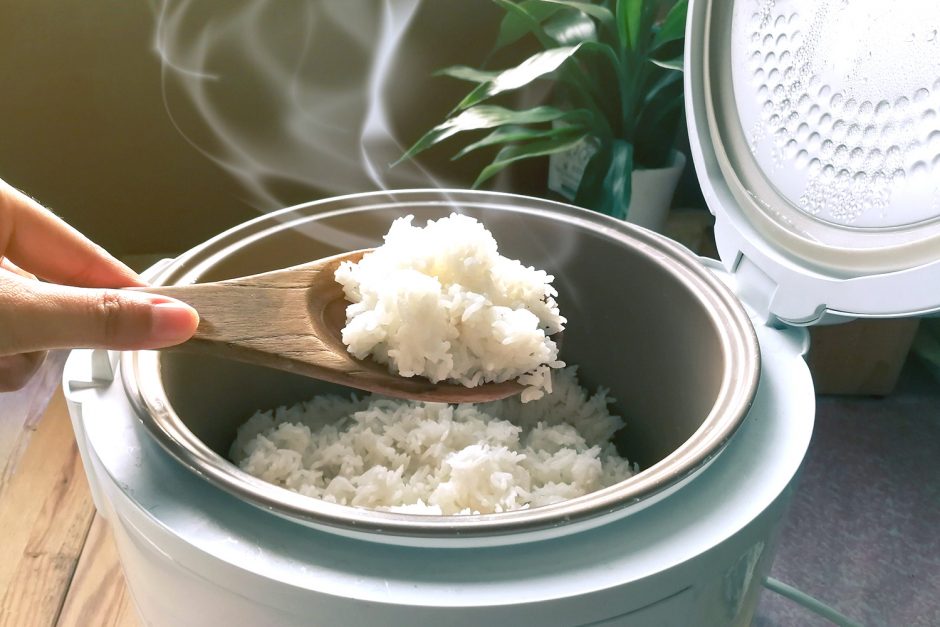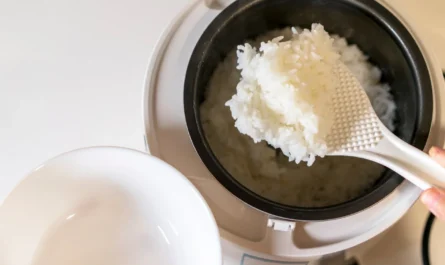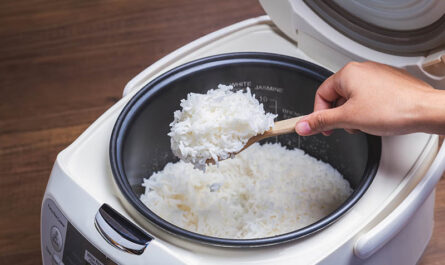Maintaining your rice cooker in top-notch condition is crucial for all sushi enthusiasts. Understanding how to clean rice cooker heating plate is vital to keep your kitchen appliance functioning efficiently. A clean heating plate ensures that your rice is cooked evenly, preserving the delicate flavors that are so cherished in sushi preparation.
In the following sections, we will guide you through a comprehensive step-by-step process on how to clean rice cooker heating plate. This guide will not only enhance your culinary experience but also extend the lifespan of your rice cooker.
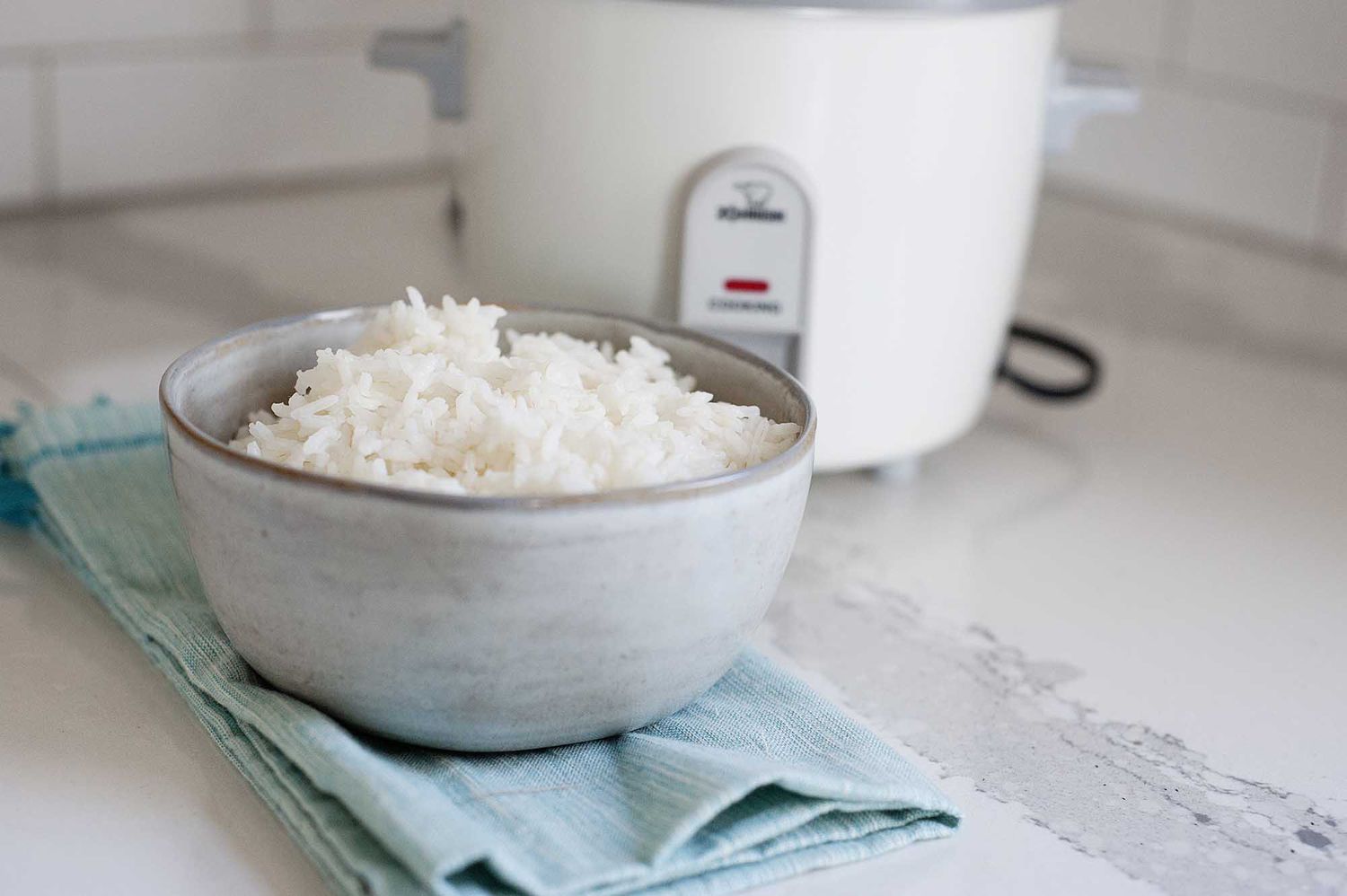
Why Cleaning the Heating Plate is Essential
The heating plate is an integral part of your rice cooker. Over time, food particles and minerals from water can accumulate on it, affecting its efficiency. A dirty heating plate can lead to uneven cooking and might even cause your rice cooker to malfunction. For more insights on maintaining your rice cooker, you might find this replacement guide helpful.
Preparing for the Cleaning Process
Gathering the Necessary Supplies
Before you start, ensure you have all the necessary supplies. You will need a mild dish soap, a soft cloth, a soft-bristled brush, and some warm water. Also, have a dry towel ready for drying the heating plate after cleaning.
Safety Precautions
Always unplug your rice cooker before you begin the cleaning process. Ensure the appliance is cool to the touch to prevent any burns or injuries. Safety should always be your top priority.
Step-by-Step Cleaning Guide
1. Remove the Inner Pot
Take out the inner pot of the rice cooker. This step will give you better access to the heating plate and prevent any accidental damage to the inner pot during cleaning.
2. Wipe the Heating Plate
Using a soft cloth dampened with warm water and a bit of mild dish soap, gently wipe the heating plate. This will help remove any loose food particles or grime.
3. Scrub Gently
For any stubborn residue, use a soft-bristled brush to scrub the heating plate gently. Avoid using abrasive materials as they can scratch the surface, leading to potential damage.
4. Rinse and Dry
Rinse the cloth and wipe the heating plate again to remove any soap residue. Finally, use a dry towel to thoroughly dry the heating plate. Ensuring it is completely dry will prevent any electrical issues when you next use the rice cooker.
Common Mistakes to Avoid
Using Harsh Chemicals
Avoid using bleach or any harsh chemicals for cleaning as they can damage the heating plate and may even void your appliance’s warranty.
Not Drying Properly
Ensure that the heating plate is completely dry before plugging the rice cooker back in. Moisture can lead to electrical malfunctions.
FAQs
1. How often should I clean the heating plate?
It’s advisable to clean the heating plate after every few uses to maintain optimal performance and hygiene.
2. Can I use vinegar for cleaning?
While vinegar can be used for cleaning, it should be diluted with water to prevent any potential damage to the heating plate.
3. What should I do if my rice cooker smells bad?
If your rice cooker has a persistent odor, refer to this odor guide for tips on how to eliminate it.
For more information on different types of rice cookers and their specific cleaning needs, visit Culinary Depot.
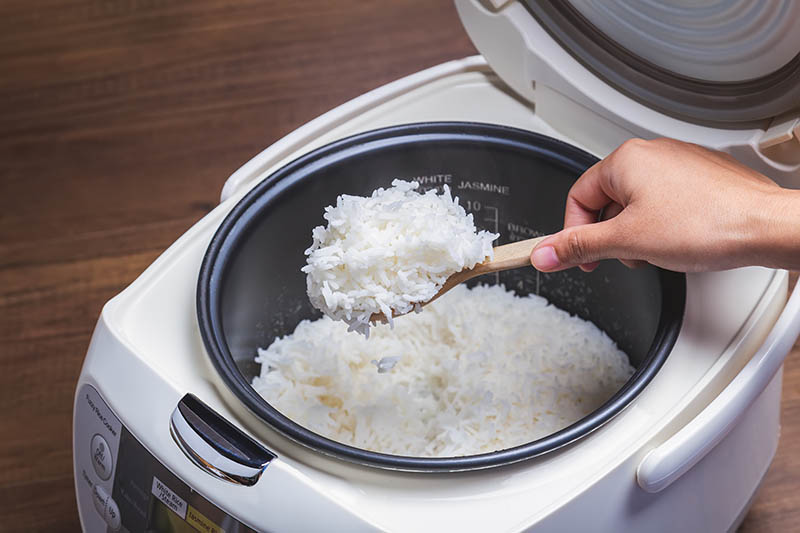
Conclusion
Understanding how to clean rice cooker heating plate is essential for anyone who loves perfectly cooked rice, especially sushi lovers. Regular maintenance ensures your rice cooker remains in excellent condition, providing you with perfectly cooked rice every time. By following the steps outlined in this guide, you can extend the life of your rice cooker and maintain the quality of your culinary creations.
This article contains affiliate links. We may earn a commission at no extra cost to you.

